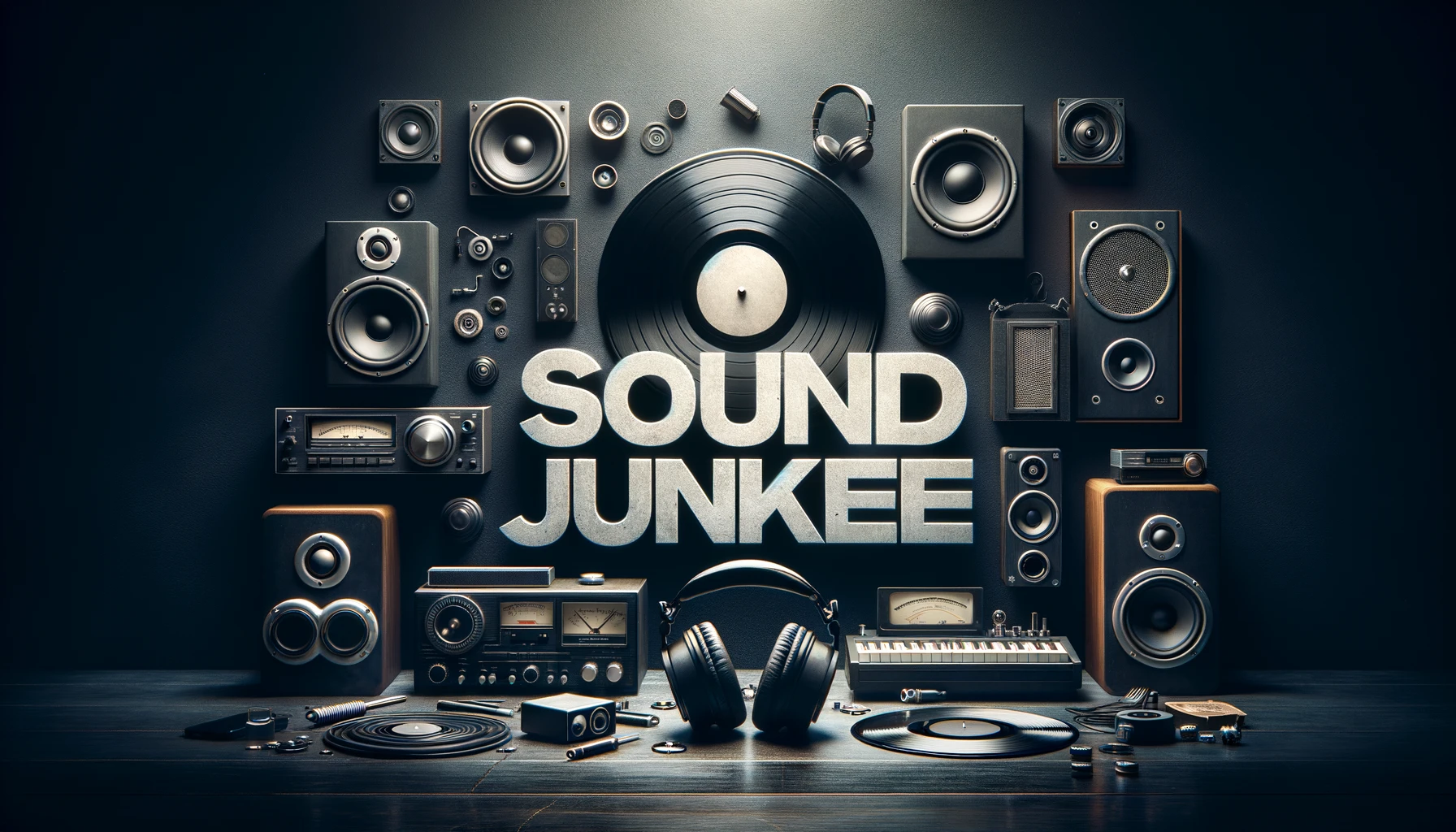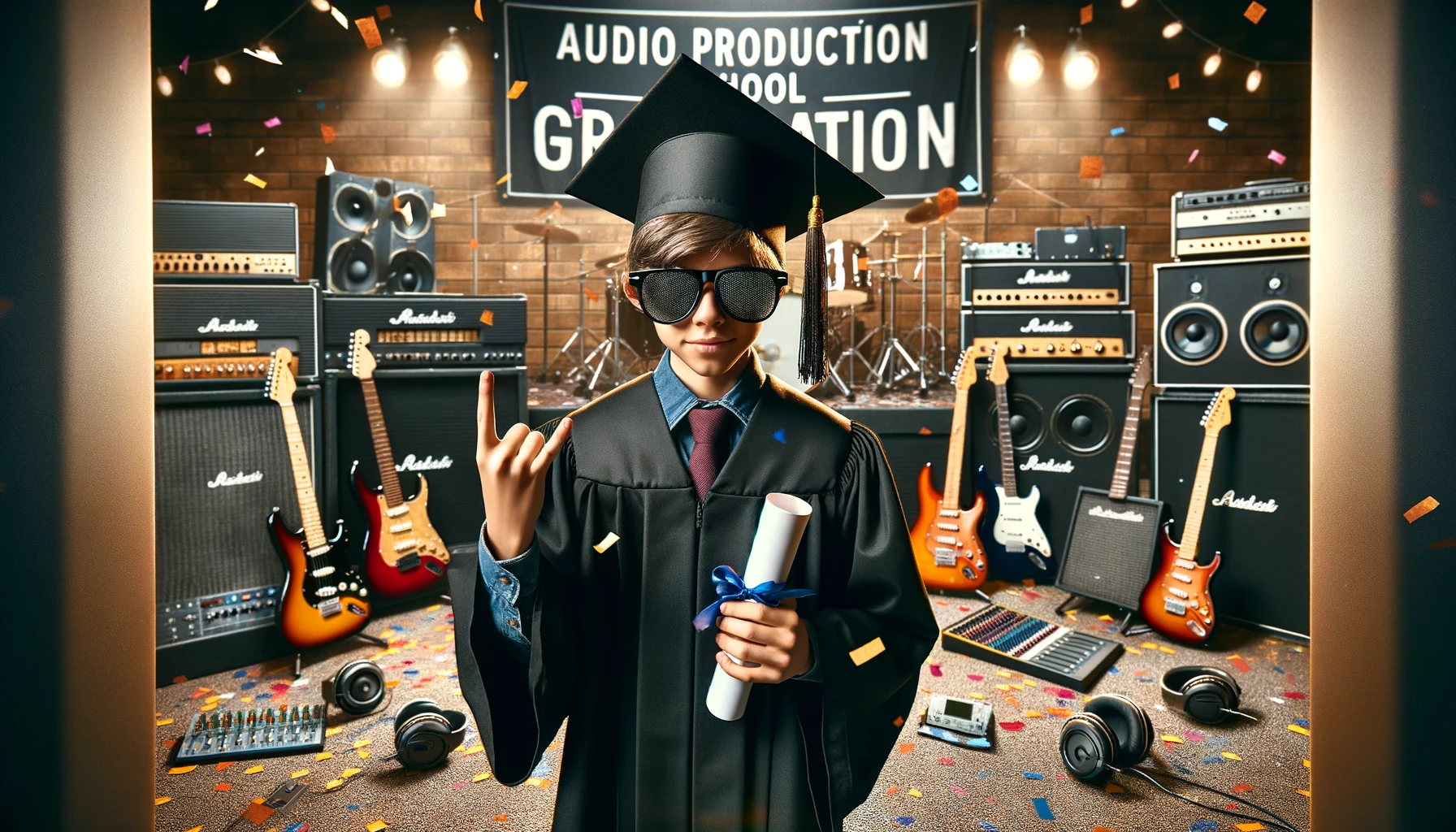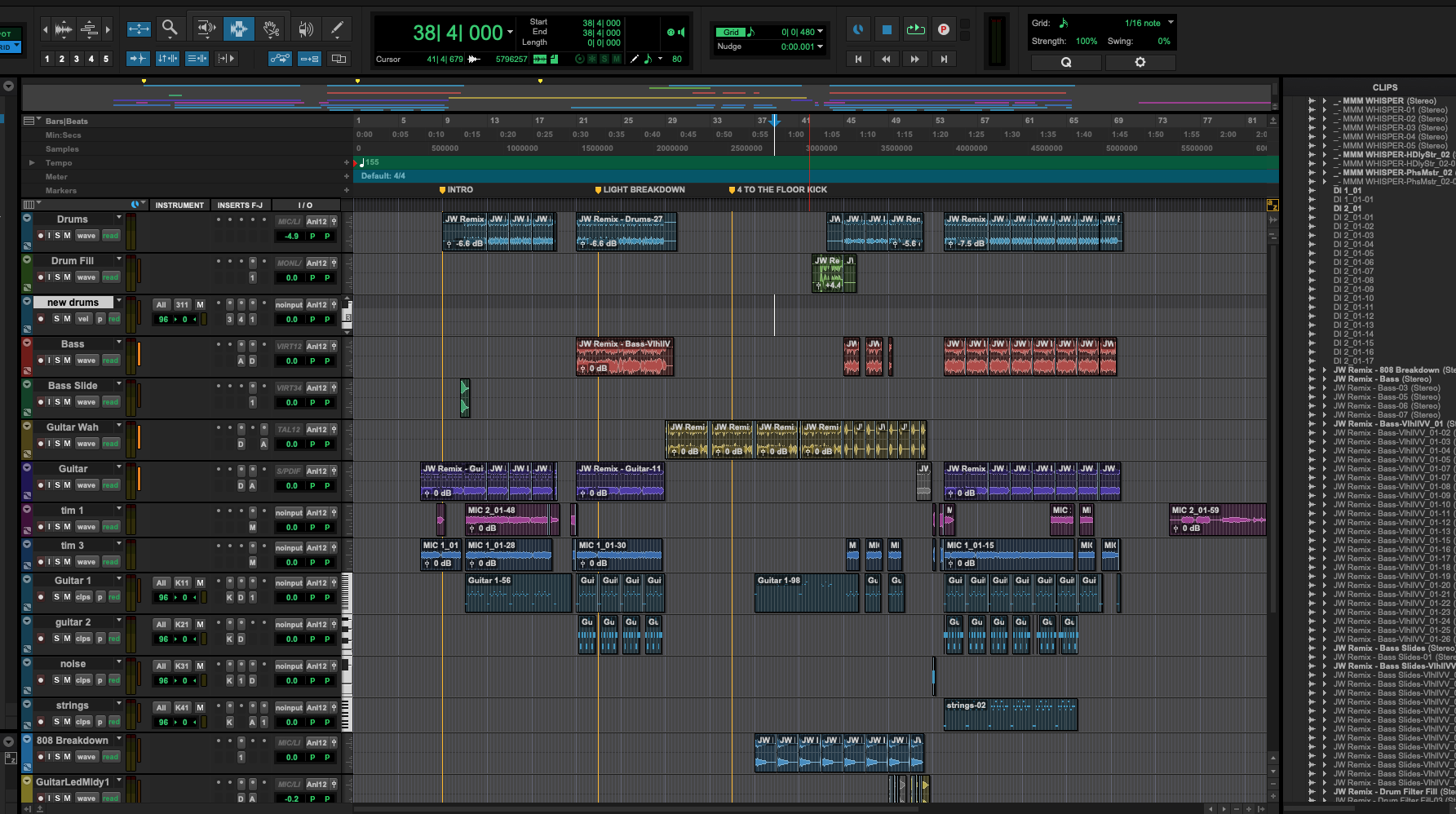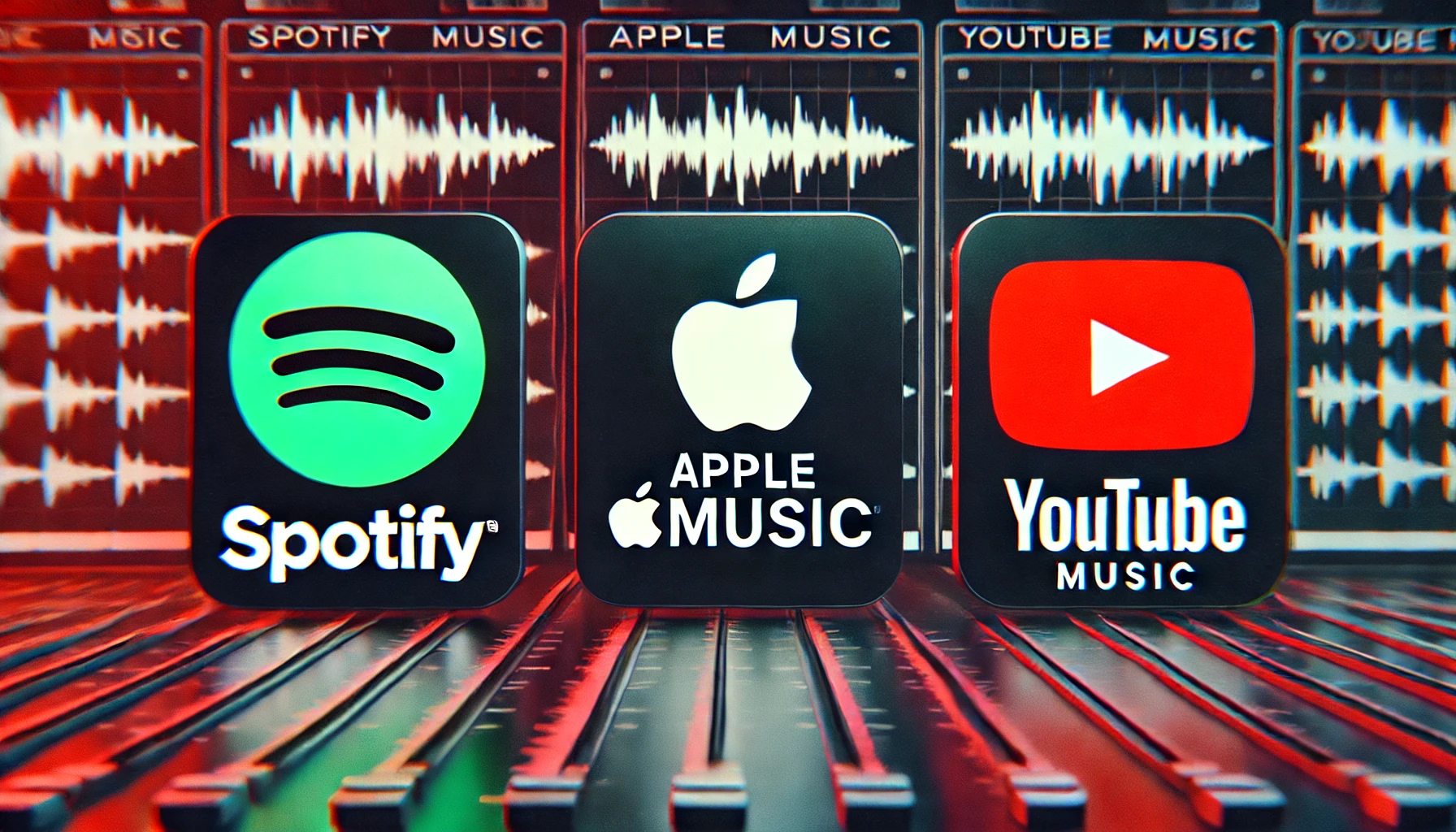Audio Mastering: if you get it right, your mix has the power to power people to all sorts of emotions.
But get it wrong and you’re just creating a mess of noise that’s gonna damage ears.
Whether you’re putting the finishing touches on an Orchestral masterpiece, or adding some professional sound to a podcast, high-quality audio makes all the difference. This is why mastering audio is so important, not only in the media and entertainment industries but also in settings like classrooms, offices, conference halls, and virtual meetings.
Mastering your craft in audio is not just about tweaking knobs and sliding faders. It’s about understanding the fundamentals of sound, recognising the role of equipment, and developing an ear that can identify the tiny differences between good and great audio. It’s also about knowing how to apply that knowledge in various real-world situations, from studio recording to live sound engineering.
To help you on your way, I’ve put together this guide to lead you through the essential skills and baseline knowledge you need. Once you have all the information and practical tips you need you be able to to elevate your abilities and understand the complexities of sound. So let’s crack open the compass and see if we can find our way audio wizardry, or at least get a rough idea of the beginnings of a professionally mastered mix.
Let’s walk through it, step by step.
The first thing to learn is some fundamentals – the concepts of sound that will prepare you for the in-depth discussions on the tools and techniques. Then we can transform the way you approach audio production. Okie dokie, let’s go!
>>> Mixing On Headphones Vs Studio Monitors <<<
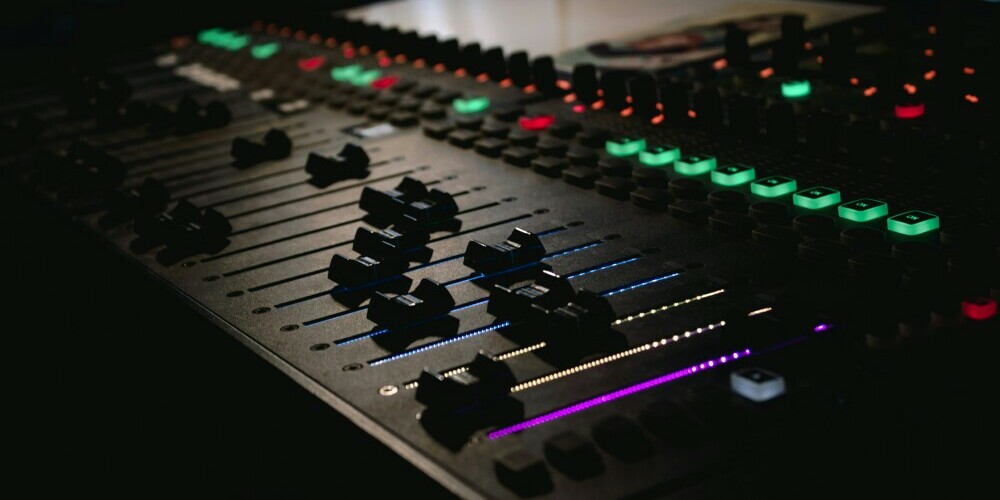 Fundamentals of Sound: a Quick Science Lesson
Fundamentals of Sound: a Quick Science Lesson
To truly master audio, a solid grasp of the basic concepts is where you need to start. Sound, at its core, is a sensory experience created by vibrations that travel through a medium – typically air – and are interpreted by our ears. To be able to competently manipulate sounds effectively these are the basic things you need to understand.
Imaging you’ve throw a rock into a pond. Think of sound waves as ripples in the water. Frequency refers to the rate at which these sound waves vibrate, often measured in hertz (Hz), and it’s what determines pitch.
Higher frequencies produce higher pitches, while lower frequencies result in lower pitches. Amplitude, on the other hand, relates to the strength of the vibration, which translates to volume. A soft whisper has a much lower amplitude than a roaring jet engine.
Acoustics, the science dealing with the study of sound, plays a vital role in mastering audio. It’s how we know the ways sound waves behave in different environments, whether you’re recording in a plush studio or performing in an open field.
The layout of a room, the materials it’s made of, and even the presence of an audience can significantly affect the acoustics. Recognising these factors is crucial for capturing and producing high-quality sound.
In this digital world, where everyone is downloading and scrolling like lemmings jumping off a cliff, the debate between the warmth of analog audio and the precision of digital audio is still something that has never gone away.
While analog audio is characterized by its continuous waveforms, digital audio is represented in a series of samples. Each has its uses, and understanding when to employ analog warmth or digital clarity will greatly inform the quality of your productions.
One of the most valuable skills in your audio mastery toolkit will be critical listening – having a good ear. It’s about more than just hearing; it’s an active process where you analyse what you’re listening to.
Developing this skill allows you to identify all the subtleties details and problem solve to fix any issues in your audio, ensuring every project you work on has professional sound.
>>> Go Deeper – The Science of Sound in Audio Production <<<
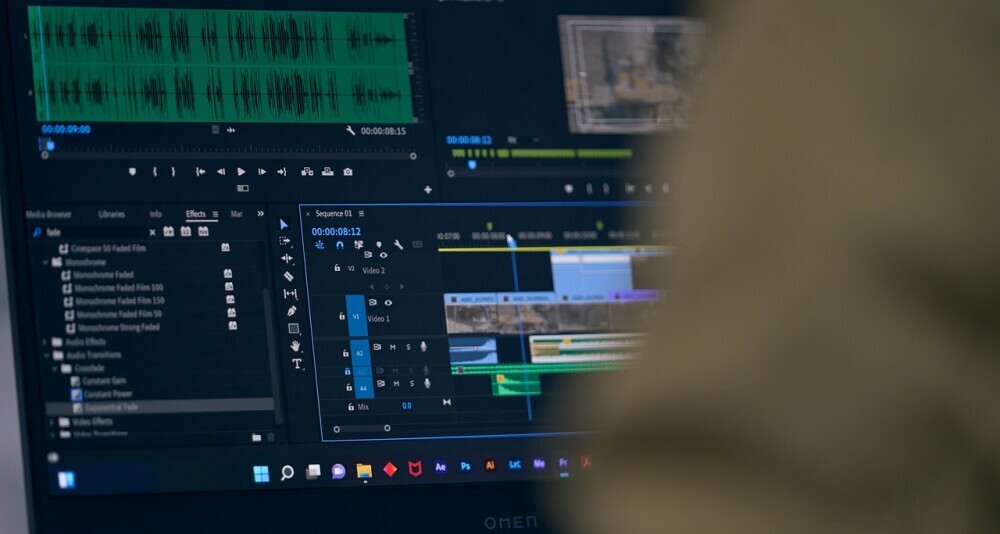 Advanced Techniques and Tools
Advanced Techniques and Tools
Moving on from the basics, it’s then time to start learning the finer points of professional mastering. Advanced techniques and equipment are needed to enhance sound quality. Mastering their use can elevate your audio from standard to stunning.
Equalization, or EQ, is a powerful tool. It’s not just about adjusting bass or treble; it’s about understanding the frequencies of your audio. Each sound has a unique frequency that can be adjusted to either stand out or blend seamlessly into the mix.
Knowing when to boost clarity or when to cut muddiness makes all the difference. Precise EQ adjustments can salvage a weak track and also enhance a good one.
Compression matters. It’s the unseen hand that guides the dynamic range of your audio, bringing balance to the quiet and loud parts. But the key isn’t just to compress; it’s knowing how much. Too little and the audio lacks cohesion; too much and it feels squashed. The key is to know when to use compression to add punch or to make your audio sit well in a mix.
Now, we come to audio effects. Reverb and delay are more than just bells and whistles – they place your sound in a space. Whether you want to put everything into a big warm space like a church or bring it right back to the intimacy of a small room, effects create that illusion. But it’s important to choose the right effect for the right situation.
Mastering audio mixes and sound requires more than just software. It needs hardware too. The microphones, mixers, and monitors you choose are going to provide the backbone of your sound. If you find the right gear fits your workflow and invest in quality products it can really bring your audio to life.
Getting your head around techniques and tools is essential, but there’s another significant aspect to mastering audio: applying it to real-world scenarios. But how do you bridge the gap between technical know-how and practical implementation? Whether you’re in the studio or handling live sound, there’s a craft to it. So let’s explore studio recording protocols, delve into mixing and mastering, and uncover some secrets of managing live sound to captivate your audience every time.
>>> Tips For Achieving A Clean And Clear Mix <<<
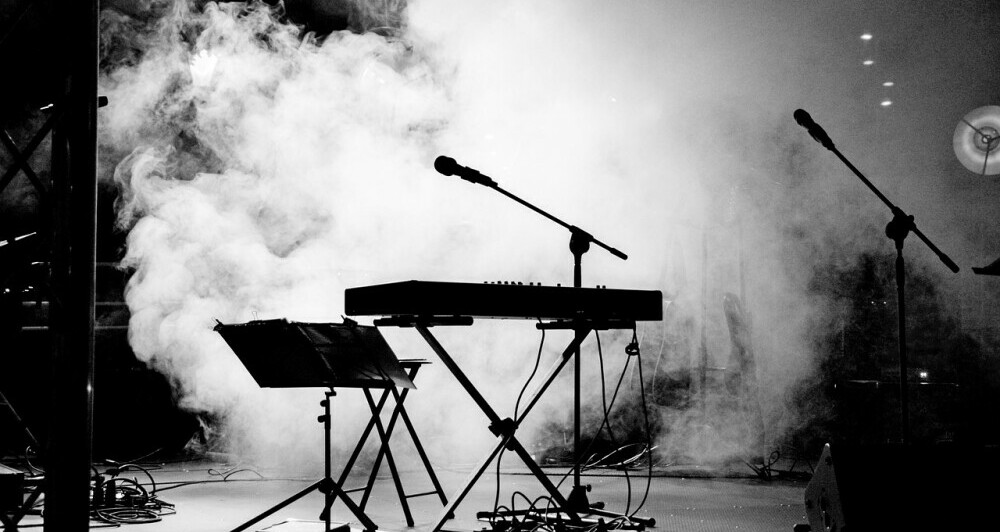 From Studio Recording to Live Sound Engineering
From Studio Recording to Live Sound Engineering
Let’s shift gears to discuss how you can apply these skills to create exceptional audio across different environments. Whether you’re recording in a studio or managing a live concert, understanding the nuances of each scenario is crucial to get the best final mix.
In a studio setting, microphone choice and positioning have a major effect on the sound quality. Experimenting with various microphone types and placements is important to find the perfect combination for whatever you’re working on. It’s equally important to pay attention to the acoustics of the room. Soundproofing and acoustic treatment can make a significant difference in the clarity and quality of your recordings.
The mixing and mastering stages are where good recordings become great. It involves fine-tuning the balance, EQ, and dynamic range to ensure that each element of the audio sits perfectly in the mix. Decisions made here can transform your audio from amateur to professional, so take your time and rely on both your critical listening skills and trusted feedback from others.
Live sound engineering presents its own set of challenges, from dealing with the acoustics of different venues to adjusting levels on the fly. Preparing for the unexpected is part of the job, and it requires a deep knowledge of your equipment and the ability to make quick, quality decisions.
Learning from other audio professionals to share ideas and techniques and pursuing continuous education are needed if you want to stay up to date with the latest trends and technologies in audio production. Workshops, online forums, and industry conferences can be great places to learn and connect with others who can influence your approach and technique.
Remember, getting the most out of audio and becoming a professional at it is unique and requires a blend of knowledge, skill, and creativity. Keep practicing, stay curious, and never stop refining your craft. With dedication and the right strategies, you’ll be well on your way to producing audio that not only sounds good but resonates with your audience on a deeper level.
